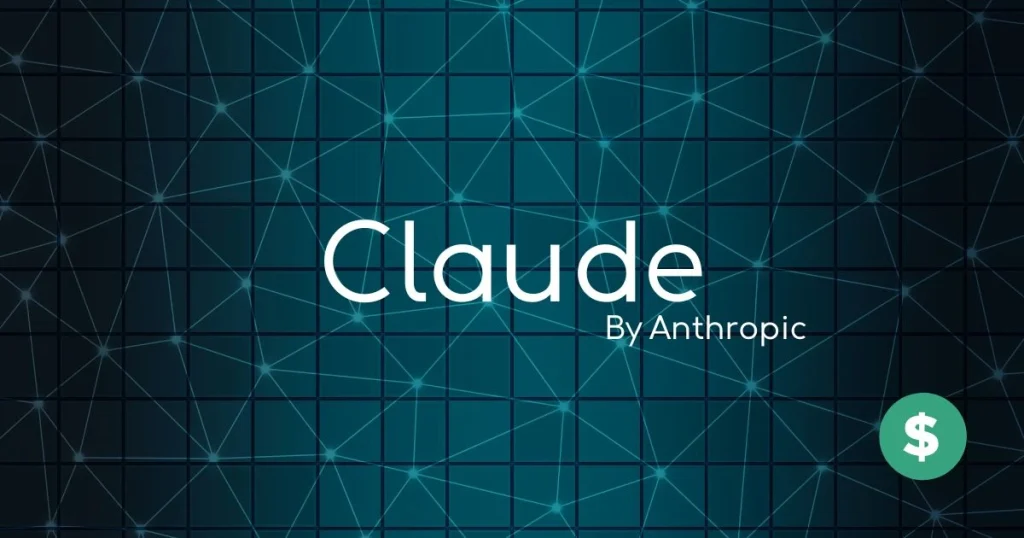Artificial Intelligence (AI) has quickly become one of the most transformative technologies of the 21st century. From powering search engines and recommendation systems to automating workflows and advancing medical research, AI’s impact is undeniable. However, as AI systems grow in power and complexity, they also pose significant ethical, social, and security risks—especially when it comes to governance and the rising threat of disinformation. In this new era, ensuring AI is trustworthy, transparent, and accountable has never been more critical.
This article explores the intertwined concepts of AI governance and disinformation security, why they matter, what challenges lie ahead, and how society can address them effectively.
Understanding AI Governance
What Is AI Governance?
AI governance refers to the frameworks, rules, policies, and best practices that guide the development, deployment, and oversight of AI systems. Its goal is to ensure that AI technologies are used ethically, responsibly, and safely. This includes:
- Setting legal and ethical standards
- Promoting transparency and accountability
- Ensuring fairness and non-discrimination
- Enabling public trust in AI systems
AI governance operates at multiple levels—organizational, national, and global. Governments, tech companies, research institutions, and civil society organizations all play crucial roles in shaping the governance ecosystem.
Why AI Governance Matters
The growing adoption of AI across critical domains like healthcare, finance, law enforcement, and military operations raises concerns over misuse, bias, lack of transparency, and regulatory gaps. Poorly governed AI can:
- Violate privacy and civil liberties
- Amplify social inequality through biased algorithms
- Undermine democratic institutions
- Trigger unanticipated failures or autonomous harm
Without strong governance, the risks of AI could outweigh its benefits.
The Disinformation Crisis in the Age of AI
What Is Disinformation?
Disinformation refers to deliberately false or misleading information spread to deceive or manipulate public opinion. It differs from misinformation, which is false information shared without malicious intent.
The emergence of AI-generated content—particularly deepfakes, synthetic media, and automated bots—has supercharged disinformation campaigns. With generative AI tools now capable of creating realistic text, images, and video, the boundary between truth and fiction is becoming alarmingly blurred.
AI as a Double-Edged Sword
AI can both fuel and fight disinformation:
As a Weapon:
- Generative AI: Tools like ChatGPT, DALL·E, and others can produce fake news articles, impersonations, or altered visuals at scale.
- Bots and Algorithms: Automated agents can rapidly spread false narratives across social media platforms.
- Emotion Manipulation: AI systems can identify and exploit emotional triggers to increase the virality of misleading content.
As a Shield:
- Fact-checking algorithms: AI can scan content for factual accuracy and flag inconsistencies.
- Content moderation: AI systems help detect and remove harmful posts in real time.
- Deepfake detection: New tools are emerging to identify synthetic content, watermark it, or trace its origin.
The key challenge is aligning AI development with democratic values, transparency, and ethical standards—goals that require robust governance mechanisms.
Global Efforts Toward AI Governance
Several countries and international bodies are taking steps toward regulating AI:
1. European Union’s AI Act
The EU’s AI Act is the world’s first comprehensive AI regulation. It categorizes AI systems based on risk (minimal, limited, high, and unacceptable) and imposes stringent obligations on high-risk applications, such as biometric surveillance and algorithmic hiring tools.
Key features:
- Mandatory risk assessments
- Data quality and transparency standards
- Human oversight requirements
- Fines for non-compliance
2. U.S. Executive Order on AI
In October 2023, the Biden administration signed an executive order to promote safe, secure, and trustworthy AI. The order mandates:
- Rigorous testing of AI systems for safety and bias
- Sharing of safety test results with the federal government
- Development of watermarking tools to label AI-generated content
3. OECD and UNESCO Guidelines
Multilateral organizations like the OECD and UNESCO have released frameworks promoting responsible AI:
- Human-centered values
- Transparency and explainability
- Robustness and security
- Accountability mechanisms
These initiatives aim to foster cross-border collaboration and prevent regulatory fragmentation.
Challenges in AI Governance and Disinformation Security
Despite progress, several major hurdles remain:
1. Technological Complexity
AI systems, especially those based on deep learning, operate like “black boxes.” Their inner workings are often difficult to interpret, even for developers, making oversight challenging.
2. Rapid Pace of Innovation
AI evolves faster than laws and policies can adapt. Regulatory lag creates vulnerabilities and allows misuse to flourish unchecked.
3. Lack of Global Consensus
AI technologies are global, but regulatory approaches vary widely across countries. This creates loopholes for bad actors to exploit and undermines global standards.
4. Conflict of Interest
Many leading AI developers are also major commercial stakeholders. Profit motives may conflict with ethical principles, leading to under-regulation or “ethics washing.”
5. Deepfake Proliferation
As deepfakes become easier to create and harder to detect, the burden on fact-checkers and platforms grows. Tools for detection often lag behind generative capabilities.
Solutions and Best Practices
Addressing these challenges requires a multi-pronged approach, combining regulation, technology, education, and collaboration.
1. Transparency and Explainability
AI systems must be explainable and auditable. Stakeholders—including users and regulators—should understand how decisions are made. This could involve:
- Open-source audits
- Algorithmic impact assessments
- Model cards and documentation
2. AI Watermarking and Content Authentication
To counter disinformation, AI-generated content should be transparently labeled. Watermarking tools like Content Credentials (developed by Adobe and partners) embed metadata in media to trace its origin and any modifications.
3. Platform Responsibility
Social media platforms must take stronger action against disinformation by:
- Promoting verified sources
- Limiting virality of flagged content
- Empowering users with context (e.g., fact-check labels, source details)
4. Regulatory Sandboxes
Governments can establish regulatory sandboxes that allow AI innovation under controlled conditions. These environments encourage experimentation while ensuring oversight and safety.
5. Global Coordination
Global challenges demand global responses. International organizations should harmonize AI governance efforts to:
- Share best practices
- Establish interoperable standards
- Coordinate responses to transnational disinformation threats
6. Public Digital Literacy Campaigns
AI and media literacy are crucial in empowering individuals to recognize and question disinformation. Schools, NGOs, and governments must invest in:
- Educational curricula on critical thinking
- Public awareness campaigns on synthetic media
- Training programs for journalists and fact-checkers
Future Trends to Watch
Looking ahead, several trends will shape the landscape of AI governance and disinformation security:
1. Agentic AI and Autonomous Systems
As agentic AI—autonomous systems capable of making independent decisions—becomes more prevalent, governance frameworks will need to evolve to manage their risks, including the possibility of agents spreading or acting on false information.
2. AI in Elections
With upcoming elections in several democratic nations, AI-driven disinformation campaigns are expected to increase. This raises urgent questions around voter manipulation, digital sovereignty, and platform accountability.
3. Quantum Threats to Cryptography
Quantum computing may one day break current encryption systems, which would compromise digital signatures and content authentication mechanisms. Preparing for post-quantum cryptography is vital for long-term disinformation security.
4. AI Auditing Ecosystem
Third-party auditing firms may emerge to evaluate the ethical and security implications of AI systems—just as financial auditors assess corporate compliance. These AI auditors could play a key role in ensuring transparency and trust.
Conclusion
AI governance and disinformation security are two sides of the same coin. As AI continues to shape our information ecosystems, the stakes for truth, trust, and democracy have never been higher. The potential of AI is immense—but so are its risks.
By embracing proactive governance, investing in counter-disinformation tools, promoting transparency, and fostering global collaboration, we can steer AI development in a direction that benefits humanity rather than harms it.
This is not just a technological challenge; it’s a societal one. The decisions we make today will determine whether AI becomes a force for progress—or a weapon of manipulation. The future of information integrity depends on how responsibly we rise to the challenge.











